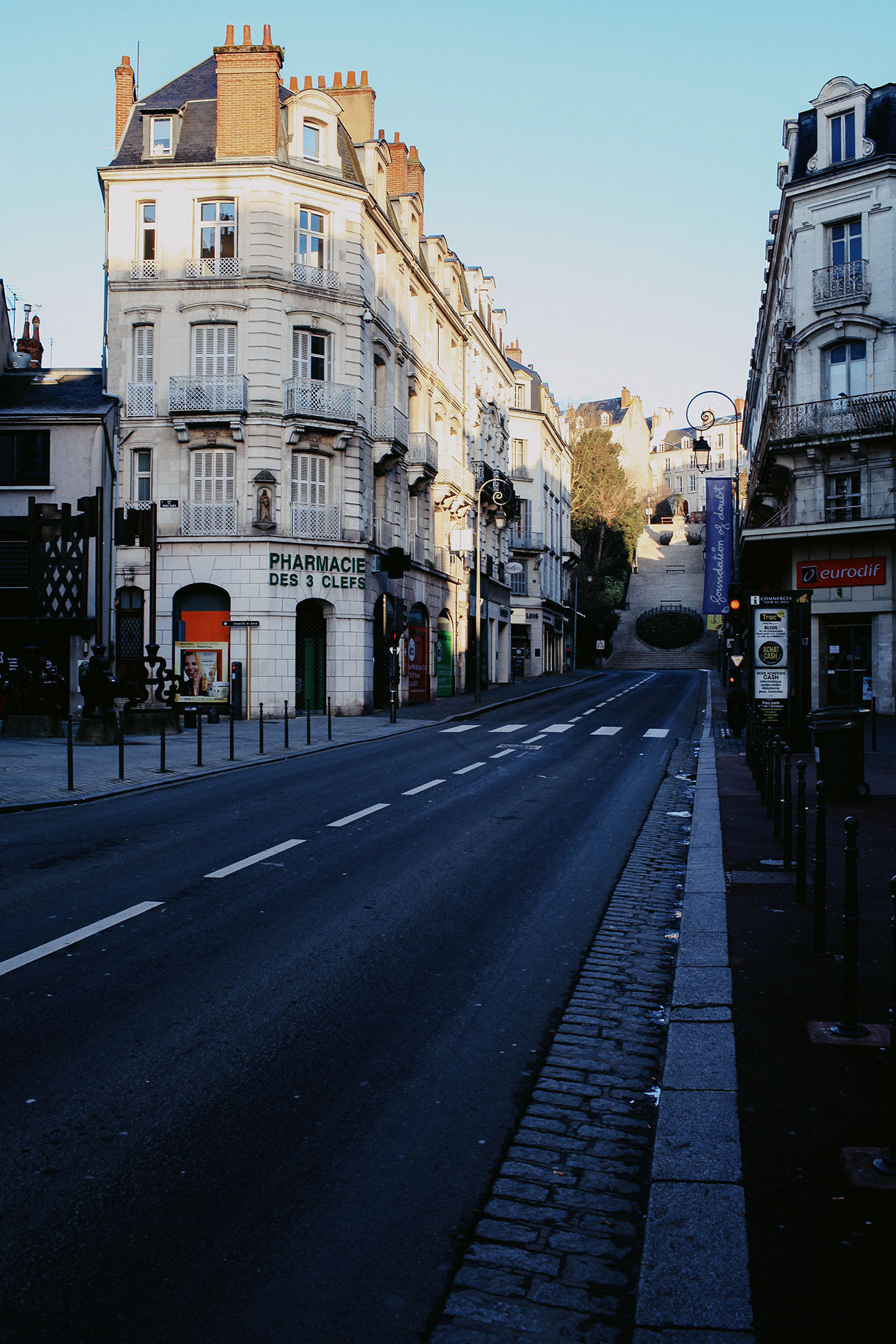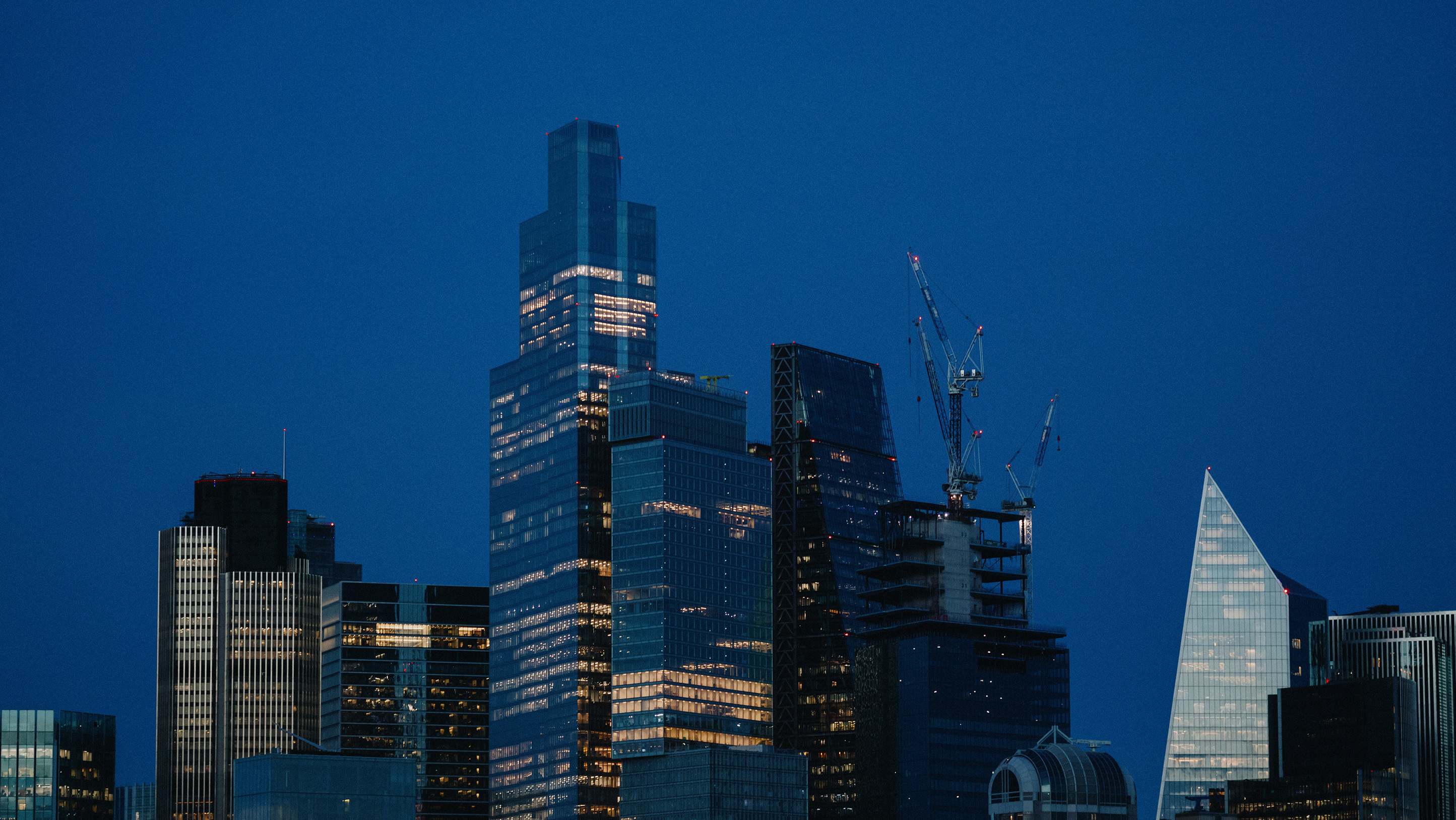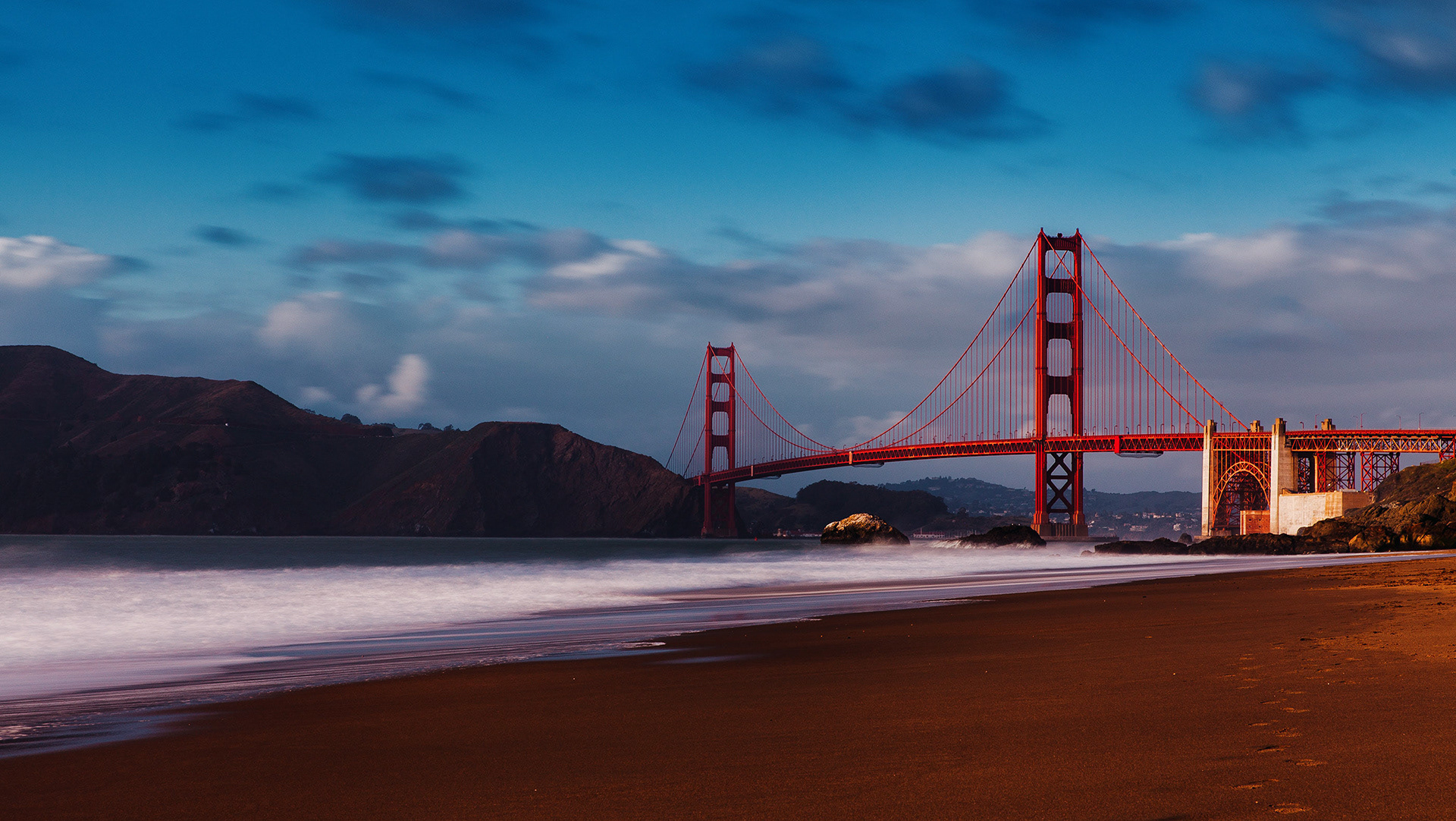Blois is a town in the Loir-et-Cher department of central France, almost equidistant between Tours and Orléans. It is an ideal base to visit the Châteaux of the Loire Valley thanks to its central position in the World Heritage zone. The view of the Loire from the place du château is just spectacular. From there you could see the two largest churches and a sea of houses in the colour scheme of the region (bluish gray, brick and cream). As spectacular as the chateau itself.
Le pont Jacques-Gabriel Blois. Historic passage point from one bank of the Loire to another, its construction began in 1716.
A Sunday morning walking with nobody on the street.
The historical bridge
The Jacques-Gabriel Bridge spans the Loire river in Blois, France, since the beginning of the 18th century. With a total length of 283m, it is made up of 11 arches, and is the last arch bridge on the river that is pointed. Since its construction, the edifice holds the name of the architect who designed it, Jacques Gabriel. The bridge was partially destroyed 3 times: in 1870 (Franco-Prussian War), 1940 and 1944 (World War II). It is now crossed by the Route Nationale 156.
Street with relax atmosphere


Historically, the city was the capital of the county of Blois, created on 832 until its integration into the Royal domain in 1498, when Count Louis II of Orléans became King Louis XII of France. During the Renaissance, Blois was the official residence of the King of France.
Meet a Castle
A small but beautiful lake Lengrand Remi
Château de Chambord
The Château de Chambord in Chambord, Centre-Val de Loire, France, is one of the most recognisable châteaux in the world because of its very distinctive French Renaissance architecture which blends traditional French medieval forms with classical Renaissance structures. The building, which was never completed, was constructed by Francis I.
Expansive, 16th-century, former royal palace with multiple towers and cupolas, surrounded by a moat.


One of the architectural highlights is the spectacular open double-spiral staircase that is the centrepiece of the château. The two spirals ascend the three floors without ever meeting, illuminated from above by a sort of light house at the highest point of the château. There are suggestions that Leonardo da Vinci may have designed the staircase, but this has not been confirmed.
Château de Chambord











